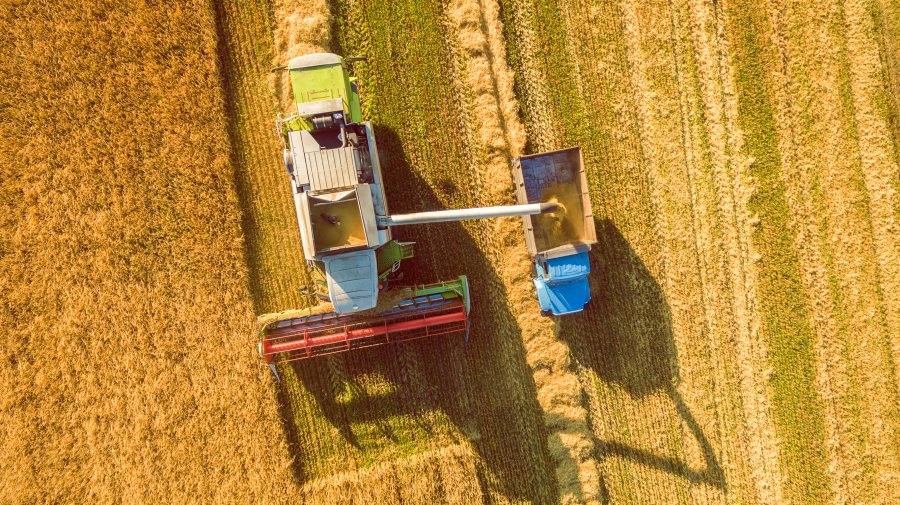
Barley has taken a sharp hit in 2025, with plantings in England plunging 13% to 742,000 hectares, according to the latest Defra data.
The figures, published in the June Survey of Agriculture, provide the latest estimates of cereal and oilseed crop areas on commercial holdings as of 1 June 2025.
England’s arable landscape has shifted in 2025, with wheat staging a strong recovery while barley and oilseed rape continued to contract.
The total area of land dedicated to cereal crops reached 2.5 million hectares in 2025, a 1.4% rise compared with the previous year.
This upturn is largely attributed to an 8.8% surge in wheat plantings, halting a two-year decline, according to the data.
Improved autumn weather conditions were key, allowing farmers to drill crops without the severe disruption experienced in previous seasons.
Barley, however, painted a different picture: the combined barley area fell by 13%, dropping to 742,000 hectares.
Both winter and spring varieties declined, with winter barley falling by 7.2% to 302,000 hectares, the lowest level since 2020, while spring barley slumped by 16% to 439,000 hectares.
Oats offered a modest bright spot, with the area planted climbing 9.4% to 162,000 hectares, matching levels last seen at the crop’s 2020 peak.
Wheat’s recovery has been widespread across England, with all regions recording an increase. The North West saw the sharpest proportional rise, up 12%.
Elsewhere, the Eastern and East Midlands regions remain the country’s breadbasket, together accounting for nearly half of the national wheat area. In total, wheat plantings now cover 1.5 million hectares.
Barley’s downturn has been felt across all English regions. The south east recorded the steepest decline at 15%, though the Eastern region continues to dominate, holding nearly a quarter of the total barley area.
Persistent wet weather last September hampered winter barley sowing, contributing significantly to the reduction.
Meanwhile, the outlook for oilseed rape remains gloomy: the crop’s planted area has fallen by 18% to 204,000 hectares, marking the smallest area since 1983.
This continues a decade-long downward trend, as growers turn away from the crop amid mounting challenges, including pest pressures and profitability concerns.
While cereals overall have edged up in 2025, the figures highlight the volatility of crop areas from year to year, heavily influenced by weather and market pressures.
Wheat’s resurgence may prove temporary unless favourable planting conditions continue, while barley and oilseed rape face deeper structural challenges.
